Home > Company > Tire Safety > Choosing Tires > Determining Tire Size
Once you have determined it’s time to buy tires, you’ll need to know what size tires are correct for your vehicle. Depending on what you drive, you may be interested in how to find the right tire for your…
This information is usually inside your car’s doorjamb, in your owner’s manual. To ensure your current tire or a replacement tire you may be looking at matches your vehicle’s requirements, it will be good for you to understand how tire sizing works. You may have never paid attention to the string of numbers and letters on every tire, but it’s a gold mine of information.
If you’re unsure of how to read tire measurements from your tire walls, the information and graphics below will tell you how to read tire size, understand and interpret it. If you decide you want to substitute a new size or tire type, consult an authorized tire retailer who can expertly advise you, because many optional tire sizes may have different load capacities and could require wheels of a different rim width or diameter and different inflation pressure.
Not sure you need new tires? Our Tire Replacement Guidance article will help you determine whether it’s time to retire your tires.
Most passenger cars, SUVs and light pickups (1/2 ton and smaller) will come with tires that are either P-Metric or Euro-Metric. For P-Metric tires, you’ll see the letter “P” before the number sequence begins: P225/70R16 97H. P-metric is a designation standardized by the Tire and Rim Association for a “passenger car” tire type. For Euro-Metric there will be no preceding letter before the number sequence begins: 225/70R16 98H. Euro-Metric is a designation standardized by the European Tyre and Rim Technical Organization for a “passenger car” tire type.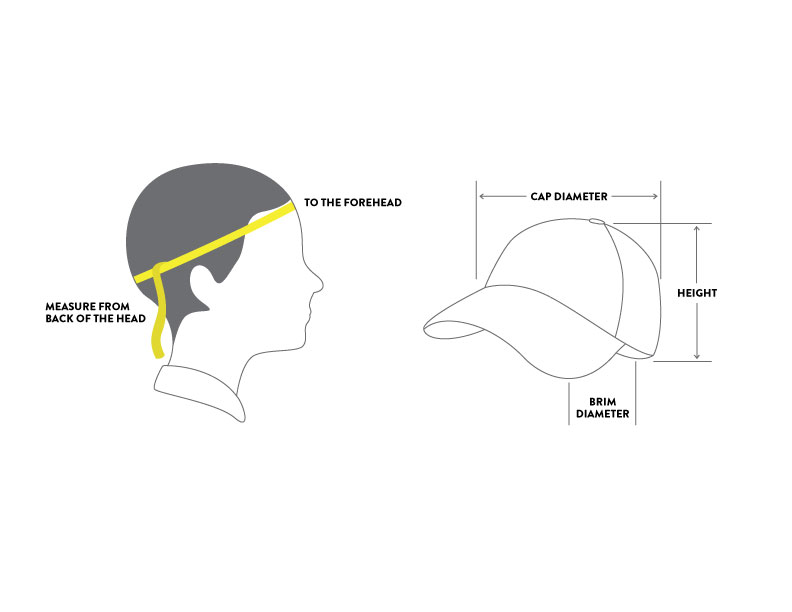 Both P-Metric and Euro-Metric size tires are designed to primarily be used on passenger vehicles, which can include cars, minivans, SUVs, and other light duty pickup trucks.
Both P-Metric and Euro-Metric size tires are designed to primarily be used on passenger vehicles, which can include cars, minivans, SUVs, and other light duty pickup trucks.
If your vehicle is an SUV, Pickup truck or van, you might see a different type of size designation on your placard that is specific for heavy duty light trucks and vans, especially common on ¾ ton and larger pickup trucks and vans. There are two common size types in this category, LT-Metric and Euro-Metric Commercial (aka C-type). Both size types are metric and so use the same structure as P-Metric and Euro-Metric but have some different characters in the size that differentiate them from their passenger car cousins. LT-Metric tires will have the letters “LT” before the size number sequence: LT245/75R17 119/116R Load Range E. Notice that there are two load index numbers and a Load Range, see the section on Load Index for more info. LT-Metric is a designation standardized by the Tire and Rim Association for a “light truck” type tire.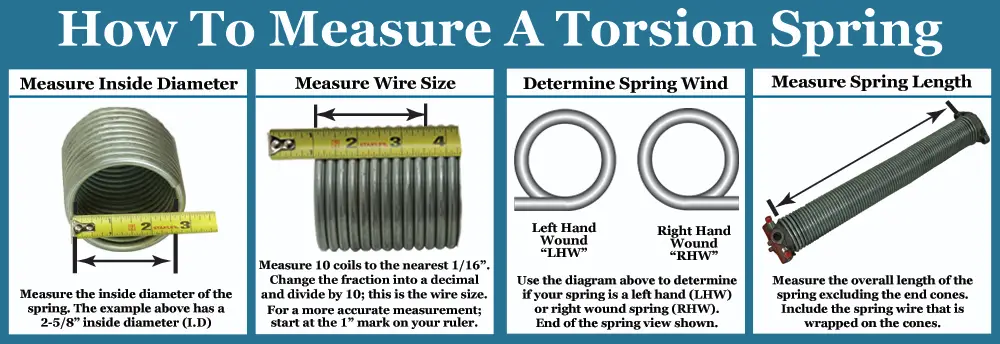 Euro-Metric Commercial or C-Type tires will look very similar to a passenger Euro-Metric size except that there will be a “C” right after the rim size: 23/65R16C 121/119R. Notice that the C-type tires also have two load index numbers. Euro-Metric Commercial, or C-Type is a designation standardized by the European Tyre and Rim Technical Organization for a light truck type tire. Light truck tires are designed to be used on vehicles capable of carrying heavy cargo and are usually only specified by a vehicle manufacturer on vehicles exceeding a certain load capacity.
Euro-Metric Commercial or C-Type tires will look very similar to a passenger Euro-Metric size except that there will be a “C” right after the rim size: 23/65R16C 121/119R. Notice that the C-type tires also have two load index numbers. Euro-Metric Commercial, or C-Type is a designation standardized by the European Tyre and Rim Technical Organization for a light truck type tire. Light truck tires are designed to be used on vehicles capable of carrying heavy cargo and are usually only specified by a vehicle manufacturer on vehicles exceeding a certain load capacity.
Other types of tires that fall into the Metric sizing type are Temporary Spares, they start with “T”. If you see a size that starts with “ST,” that means “special trailer” and is only for use on a trailer.
Regardless of whether you are looking at a P-Metric, Euro-Metric, LT-Metric, Euro-Metric Commercial, T or ST tire the numbers in the size mean the same thing.
The first number to appear in your tire size information is the width, in millimeters, of the correct tires for your vehicle: P225/70R16 91S.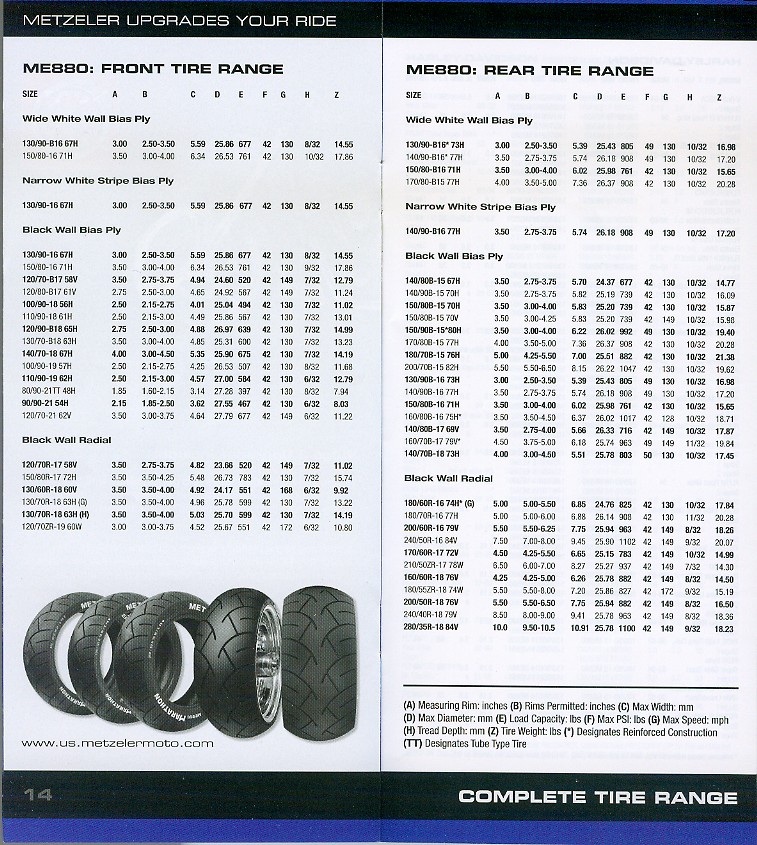
Tire width always refers to the measurement from one sidewall to another. Thus, a tire with the measurement “P225” is for a passenger vehicle and has a nominal width of 225 millimeters.
After the slash mark, the next number you see is for the tire’s aspect ratio, which essentially tells you how tall your tire’s profile is: P225/70R16 91S. Aspect ratios are delivered in percentages. Tire makers calculate the aspect ratio by dividing a tire’s height off the rim by its width. If a tire has an aspect ratio of 70, it means the tire’s height is 70% of its width.
Lower aspect ratio tires, such as a 60 series, generally offer vehicle handling performance advantages over higher aspect ratio tires, such as a 75 series, but a typical trade off can be ride harshness.
After the aspect ratio comes a letter that indicates the type of internal construction maintaining your tire’s stability: P225/70R16 91S.
There are two types of construction that you may see on the sidewall of a tire:
Radial tires are the most common tires on the road in the United States today; thus “R” will usually be shown in the tire size designation. Radial construction means the tire’s internal ply cords are oriented in a radial direction, from one bead over to the other, essentially perpendicular to the direction of rotation. You may also occasionally see RF indicating a run flat tire or ZR indicating a tire that is a speed rating higher than V.
The next number is the diameter code, in inches, of the rim onto which the tire can be mounted. For example, a tire with the P225/70R16 91S would fit a rim with a 16-inch diameter.
Load index can be a confusing subject because there are so many different caveats, but we will try to explain everything here.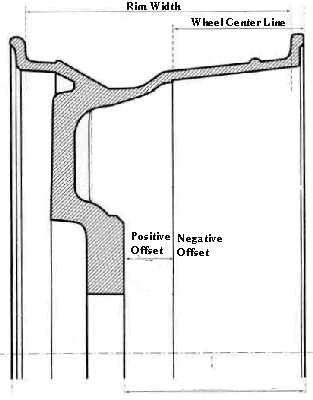
The next figure after the rim size in the sequence is your tire’s load index, which tells us how much weight, in pounds, the tire can support when fully inflated: P225/70R16 91S
We call it the load “index” because the number doesn’t tell us the precise number of pounds the tire can carry, at least not by itself. However, the number does correspond to a specific load capacity listed in an index. Beginning with 1 and ending with 150, numbers in the load index represent carrying capacities of 99 to 7385 lbs.
There are two types of load types for passenger tires though, Standard Load and Extra Load. If a tire is Standard Load there will be no markings indicating it but if it is Extra Load the letters XL will appear after the size and load index.
Standard Load Euro-Metric: 215/55R17 94V
Extra Load Euro-Metric: 215/55R17 98V XL
Passenger car tires like P-Metric and Euro-Metric will only have one load index number where LT-Metric and Euro-Metric Commercial (C-Type) will have two numbers separated by a slash. The first number is the load index if the tire is used in a single application, the second number is the load index if the tire is used in a dual application. Passenger type tires cannot be used in a dual application. Light truck tires will also have a Load Range that is indicated by a letter, such as Load Range E. Load Range is an older term that is still commonly used in the industry so you may hear your tire dealer reference it but the load index numbers are the best way to ensure you have the proper tire.
The first number is the load index if the tire is used in a single application, the second number is the load index if the tire is used in a dual application. Passenger type tires cannot be used in a dual application. Light truck tires will also have a Load Range that is indicated by a letter, such as Load Range E. Load Range is an older term that is still commonly used in the industry so you may hear your tire dealer reference it but the load index numbers are the best way to ensure you have the proper tire.
One important but often misunderstood facet about load index is that the load index numbers between standards organizations (P-Metric vs Euro-Metric) are not necessarily on the same scale. Meaning that two tires in the two different systems that have the same load index number could have different maximum load capacities. This is why it’s important to not only look at the load index number but also verify the actual load capacity.
The final figure in a tire size sequence is the speed rating, which is indicated by a letter: P225/70R16 91S. Just as your load index number corresponds to a specific load, your speed rating letter corresponds to a particular speed capability based on a standardized laboratory test.
Just as your load index number corresponds to a specific load, your speed rating letter corresponds to a particular speed capability based on a standardized laboratory test.
For example, a tire with speed rating “S” is rated for up to 112 mph, while a tire rated “R” is up to 106 mph. Remember that this isn’t a recommended cruising speed. Of course, you should always follow legal speed limits on roadways.
Replacement tires must have the same or higher speed rating as the vehicle’s Original Equipment to maintain vehicle speed capability. If a vehicle has tires with different speed ratings, it is the speed rating of the “slowest” tire that dictates the vehicle top speed.
There is one last sizing type that you should know about, especially if you are in the market for off road tires for a light truck or SUV. It’s called a Flotation size and the numbers in this sizing format are very different from the Metric formats.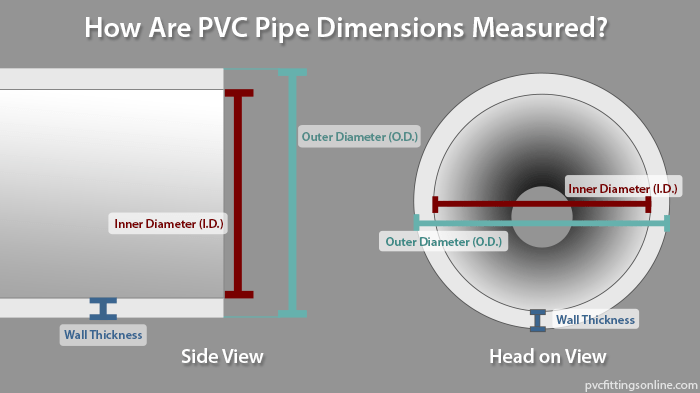 Flotation sized tires are similar to LT-Metric tires in application except for a few important points. Number one, they cannot be used in dual applications and number two, an equivalent size tire may have different load capacity than its LT-Metric counterpart.
Flotation sized tires are similar to LT-Metric tires in application except for a few important points. Number one, they cannot be used in dual applications and number two, an equivalent size tire may have different load capacity than its LT-Metric counterpart.
The first number in the Flotation tire size is the overall diameter in inches. Pretty straight forward.
The second number is the section width (sidewall to sidewall) measurement in inches. Again, fairly simple.
After the section width comes a letter that indicates the type of internal construction: 33X12.50R17LT 120Q.
This is the same as is found in the metric sizing systems.
There are two types of construction that you may see on the sidewall of a tire:
Radial tires are the most common tires on the road in the United States today; thus “R” will usually be shown in the tire size designation.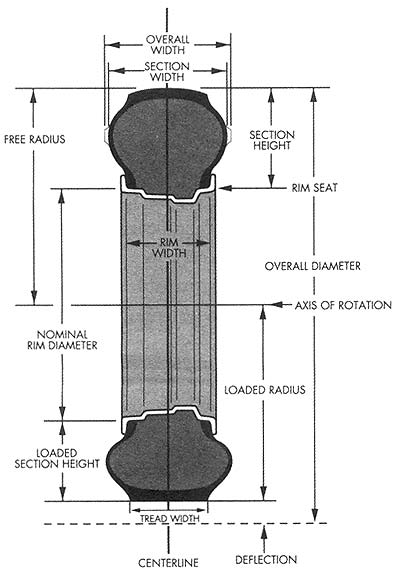 Radial construction means the tire’s internal ply cords are oriented in a radial direction, from one bead over to the other, essentially perpendicular to the direction of rotation.
Radial construction means the tire’s internal ply cords are oriented in a radial direction, from one bead over to the other, essentially perpendicular to the direction of rotation.
The next number is the diameter code, in inches, of the rim onto which the tire can be mounted. For example, a tire with the 33X12.50R17LT 120Q would fit a rim with a 17-inch diameter.
The letters LT will be after the Rim Diameter indicating that this tire type is intended for Light Truck vehicles similar to the LT-Metric and Euro-Metric Commercial (C-Type) tires.
Load Index and Speed Rating have the same meaning and format as the tires using the metric sizing system. Note that since flotation tires cannot be used in a dual application there will be only one load index number instead of two.
Another group of stamping on certain types of tires is the Uniform Tire Quality Grading or UTQG. This grading and stamping is required for passenger car tires (i.e. P-metric and Euro-metric) in the all season and summer categories. Dedicated winter tires, Light Truck (LT-Metric, Euro-Metric Commercial, Flotation) and Motorcycle tires are excluded from this requirement.
Quality grading is designed to make the tire purchase decision easier for you. Ideally, the system is intended to provide simple, comparative data so you can make an intelligent buying decision. However, the ratings are based upon test results achieved under special conditions. This means it’s possible to misinterpret the comparative data as it relates to your individual driving habits, conditions, etc. You should still rely on your service or tire professional for assistance.
Quality grading designates the comparative performance levels of a tire based on government-specified tests but commissioned by the individual tire manufacturers.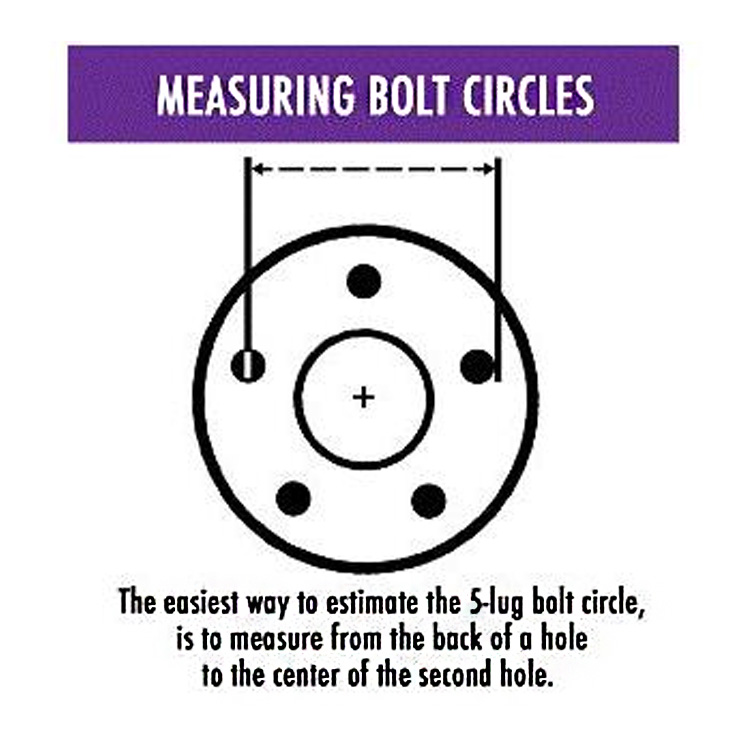 All tire manufacturers are required to grade regular and all-season passenger tires in three categories:
All tire manufacturers are required to grade regular and all-season passenger tires in three categories:
UTQG
Treadwear
The treadwear grade is a comparative rating based on the wear rate of the tire when tested under controlled conditions on a specified government test course for 6,000 miles (9,600 km). For example, a tire graded 150 would wear one and a half times as well on the government course as a tire graded 100. However actual tire performance depends on driving habits, road characteristics, service practices, and other factors that can influence the outcome.
Traction Grades AA, A, B and C
The traction grades from highest to lowest are AA (the highest), A, B and C. They represent how well tires stop on wet pavement as measured under controlled conditions on specified government test surfaces of asphalt and concrete. C-rated tires will have the lowest traction performance.
WARNING: THE TRACTION GRADE ASSIGNED IS BASED ON A WET BRAKING (STRAIGHT AHEAD) TRACTION TEST AND DOES NOT INCLUDE CORNERING (TURNING) TRACTION.
Temperature Grades A, B and C
The temperature grades A, B, and C represent the tire's resistance to the generation of heat and its ability to dissipate heat when tested under controlled conditions on a specified indoor laboratory test wheel. Sustained high temperature can cause the tire’s material to degenerate and reduce tire life, and excessive temperature can lead to sudden tire failure. The grade C corresponds to a performance level all passenger car tires must meet under the Federal Motor Vehicle Safety Standard No. 109. Grades A and B represent higher levels of performance on the laboratory test wheel than the minimum required by law.
WARNING: THE TEMPERATURE GRADE IS ESTABLISHED FOR A TIRE THAT IS PROPERLY INFLATED AND NOT OVERLOADED. EXCESSIVE SPEED, UNDER INFLATION, OR EXCESSIVE LOADING, EITHER SEPARATELY OR IN COMBINATION, CAN CAUSE HEAT BUILDUP AND POSSIBLE TIRE FAILURE.
DOT Quality Grades
All passenger car tires must conform to other federal requirements in addition to these grades.
Learn about our mission, our achievements, and our ongoing commitments
Read Our Origin Story
JavaScript is disabled. For a better experience, please enable JavaScript in your browser before proceeding.
1 - 20 of 26 Posts
1 - 20 of 26 Posts
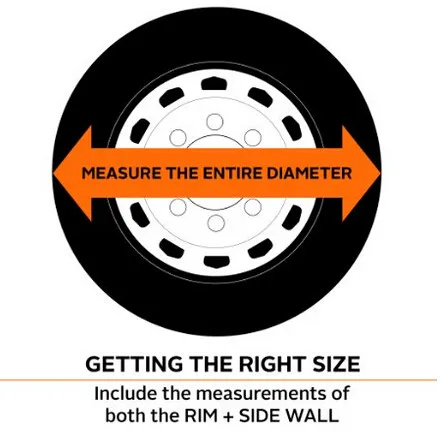 Please consider creating a new thread.
Please consider creating a new thread.Join now to ask and comment!
Continue with Facebook
Continue with Google
or sign up with email
Top
Nikolaev bicycle shop "Sportek"
Published: 04/07/2017
Edited: 07/15/2018
From time to time the question arises: “What is the diameter of the bicycle wheels?”
Most often, it pops up if a tire has broken through or new tires are needed for the wheel of an old bicycle. And to the seller’s question “What wheel does your bike have?” Only one answer comes to mind: “round”.
First of all, you need to define the concept of wheel diameter .
For most ordinary people, this is the diameter of the wheel at the outer (outer) border of the tire.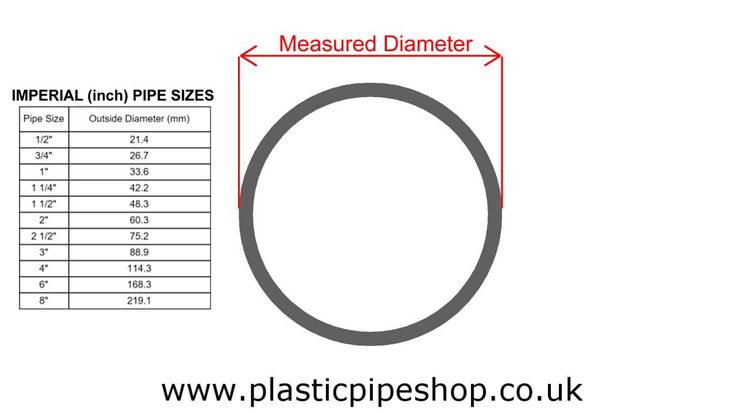
But there is also the concept of rim fit size - this is the diameter of the rim or tire itself along the inner border.
Therefore, it would be a good idea to first understand the tire marking systems adopted in the world in order to speak the same language with the bike shop salesperson. You can read about this in the article "Bicycle tires: sizes, marking types and interchangeability" on our website.
For the sake of brevity, here is a figure explaining what is measured in each labeling system. Therefore, it is important to understand what we measure and what we want to find.
When choosing a new rubber, be guided by it. If there is no tire with exactly the same marking, look at the interchangeability table and select the right size in another marking.
If a new tire is needed a little wider or narrower, check the tire and rim width chart.
If in doubt, talk to the salesperson. He will tell you if it is right for you, both in terms of size, tread, riding style and what kind of roads you want to ride.
This can be done by measuring the radius and multiplying it by two.
For younger students reading this article, I remind you that one diameter consists of two radii.
Only you need to measure strictly from the center of the sleeve, and not from its edges.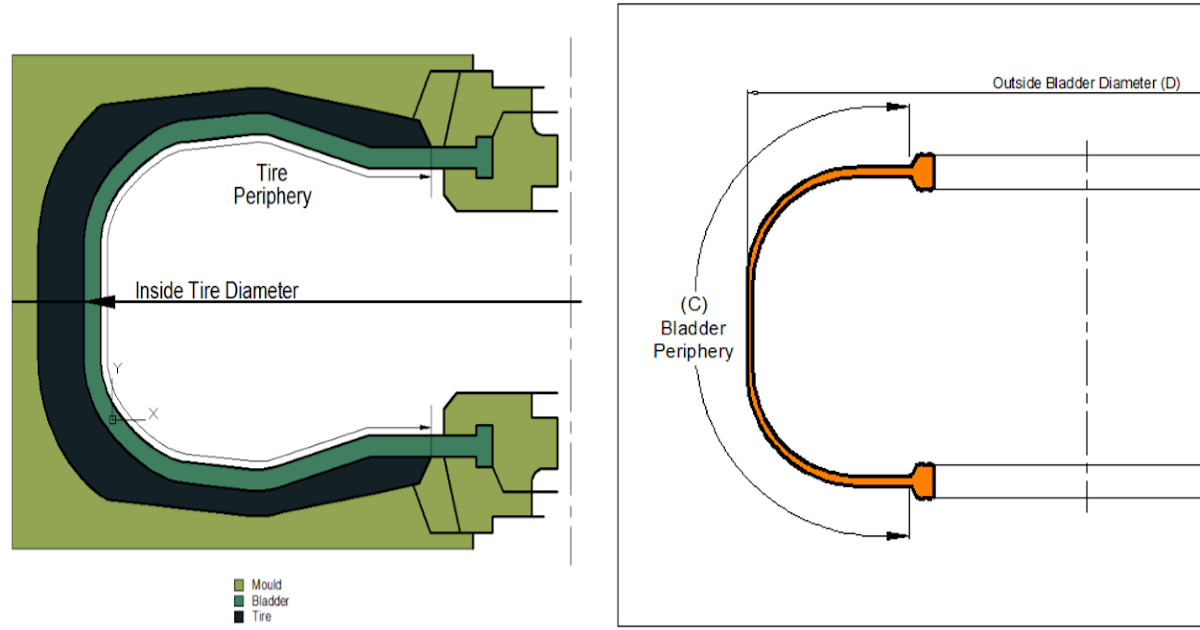 When measuring, the bike should stand vertically, and the tape measure, putting one end to the ground, keep the same strictly vertically, and not along the spokes of the wheel . Only such a measurement will give the correct value.
When measuring, the bike should stand vertically, and the tape measure, putting one end to the ground, keep the same strictly vertically, and not along the spokes of the wheel . Only such a measurement will give the correct value.
The wheel diameter itself can be measured in the same way. The main thing is to accurately determine its upper cut. To do this, you can take a level and attach it to the top of the tire, and, holding it strictly horizontally, determine the desired size from the tape measure.
After that, we convert it from mm to inches. To do this, divide it by 25.4 (1 inch = 25.4 mm) and calculate the size in inches. The result can be rounded up to standard inch wheel sizes.
For example, if the measurement is 720 mm, divide by 25.4 to get 28.346 inches. So, most likely, the actual size of the wheel, taking into account the accuracy of the calculations, is 28”.
In principle, the rim diameter can also be measured in the same way.
Just pay attention to the difference between what is measured on the outside of the tape measure and the fit size of the rim.
And knowing it, it is easy to calculate the diameter. To do this, the circumference in millimeters must be divided by the number "Pi" (3.14). Once you get the diameter in mm, divide it by 25.4 to get the diameter in inches. Similarly to the previous paragraph, the result will have to be rounded to the nearest whole number in inches. The more accurate all measurements, the more accurate the result and the less rounding.
Comments (2)
x
Contents
wheel sizes. This could be as early as when you bought the bike, or when you first changed a punctured inner tube and tire. How important is it to know the geometric parameters of the “running” bike? Nothing less than sorting out the bushing or lubricating the chain.
This could be as early as when you bought the bike, or when you first changed a punctured inner tube and tire. How important is it to know the geometric parameters of the “running” bike? Nothing less than sorting out the bushing or lubricating the chain.
Determining the diameter of a bicycle wheel is very easy. We will talk about this in our article. Of course, this parameter is likely to be recognized precisely from the moment of purchase or in the process of “studying” their two-wheeled friend. Nevertheless, suddenly he is unknown for some reason, for example, they let the bike ride for a while, and then the tire went flat, and it was necessary to install a new camera.
The geometrical parameters of bicycles differ from each other according to a strict pattern - this also applies to the size of the frame and the diameters of the wheels. Let's start with a size chart:
The first column shows the traditional wheel diameters in inches and millimeters. The wheel is measured with the tire. To find the rim size, subtract the tire height times two. Standard rim sizes are listed in the second column.
The wheel is measured with the tire. To find the rim size, subtract the tire height times two. Standard rim sizes are listed in the second column.
Bicycle wheel measurement systems:
The International Organization for Standardization (ISO) has implemented a universal wheel measurement system to avoid confusion. It is followed by all bicycle manufacturers. The dimensions of the wheels are made up of the diameter of the “clean” rim and the width of the tire profile.
When choosing new tires, you need to know the fit diameters of the rims - these numbers on the tires must match them. This will come in handy when switching to a different tire profile. In everyday life, the wheel is measured in inches, and it is more convenient to give dimensions in inches. And by the size of the wheel, you can also determine the type of bike - walking, mountain or road.
The very essence of measurement is to obtain numerical data - centimeters, millimeters or inches. Can be done in several ways:
Can be done in several ways:
The easiest way is the first way. We take a centimeter or tape measure and put the bike vertically so that it does not fall. Attach the ruler with zero strictly to the axis of the sleeve and draw to the edge of the tire. This will be the radius of the wheel in centimeters. Then multiply by two to get the diameter. To get millimeters, you need to multiply by 10, and inches by 2.54.
Measurements from bottom to top will be more accurate
We will measure the diameter of the rim and the height of the tire profile according to ISO. This method may be needed if it is necessary to put a tire of a different profile - several types of tires can be selected for the same rim diameter.
Only measure from the center of the hub to the outer edge of the rim. Knowing the radius, multiply it by 200 - we get the diameter in millimeters.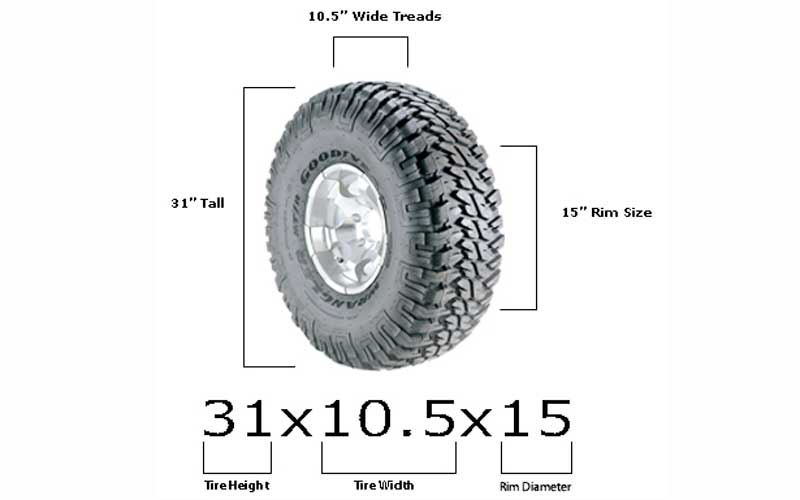 And on it we select another tire.
And on it we select another tire.
The third method shows how to determine the diameter in terms of the circumference. For these purposes, you will need a cable and tape measure. We wrap the tire with a cable, make a mark at the junction with the beginning of the cable. We straighten and use a ruler to measure the distance from the beginning of the cable to the mark. This will be the circumference.
You can also:
Do not be afraid that for large wheels this value will exceed 200 cm. To begin with, we divide it by 3.14 - we get the diameter in centimeters. And then divide by 2.54 to convert to inches.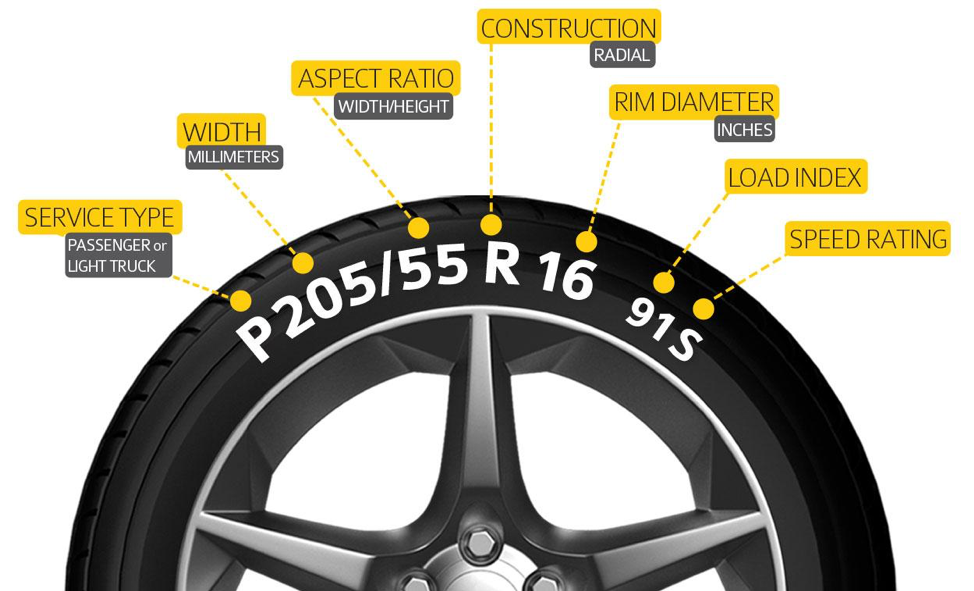 Actually, it's so easy to find out what size bicycle wheels are.
Actually, it's so easy to find out what size bicycle wheels are.
Ruler measurements will most likely result in fractional values, such as 28.23 inches. We round up to integer values, taking into account the existing diameters.
And now a little about tires and their meanings. According to the classical system, dimensions are applied in this order: wheel diameter in inches / tire profile width.
By analogy, the same dimensions are applied to the tubes: 20 - overall size, 1.75 - tire height in inches
According to the international ISO system, the same parameters are stuffed onto the rubber in the opposite order - first the profile height, then the rim diameter. Values are in millimeters. For the same tire or tube 20/1.75 in ISO it will look like this: 44.4/406.
The table below shows the ranges of tire profile heights for rim fit diameters: